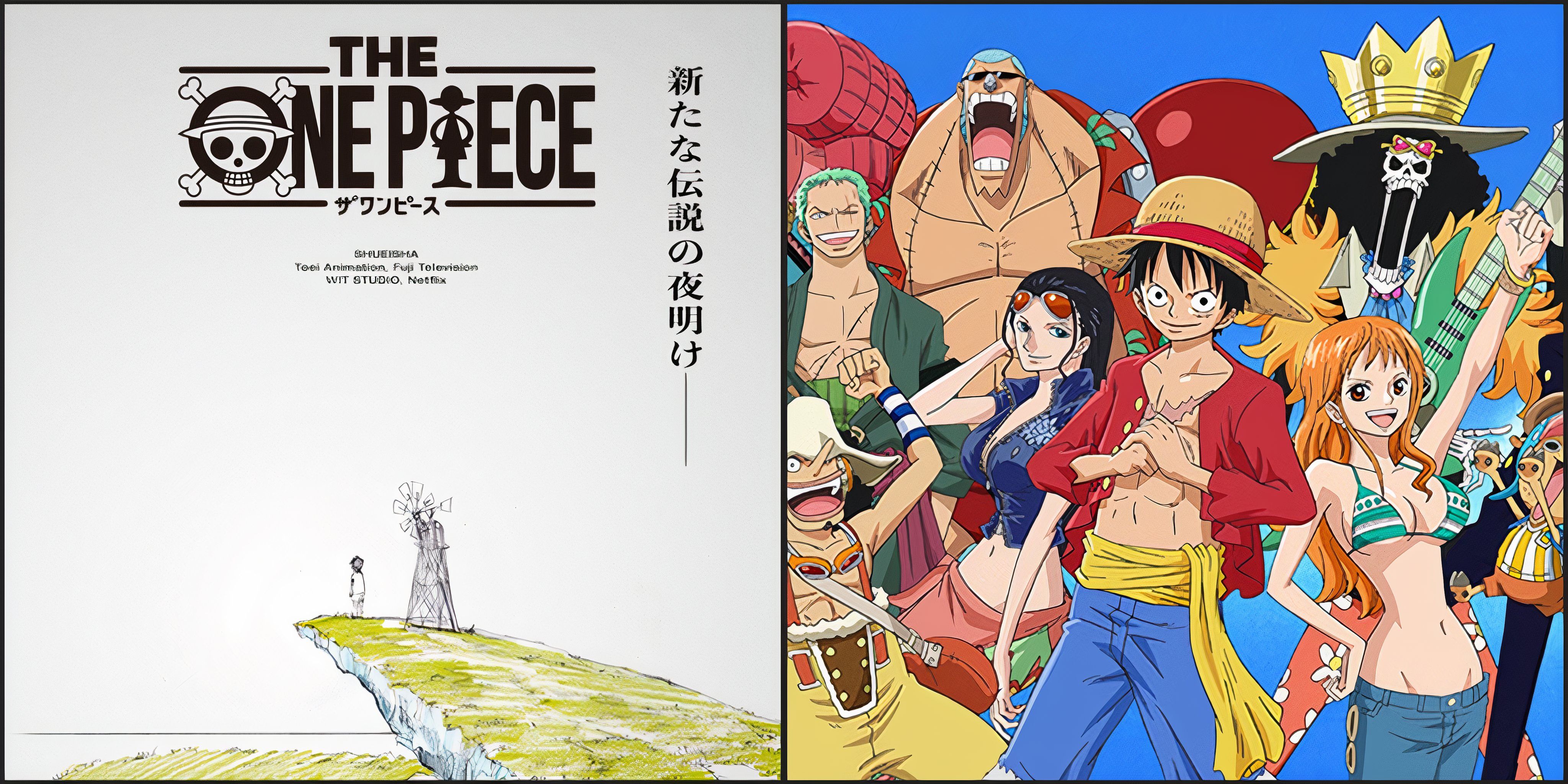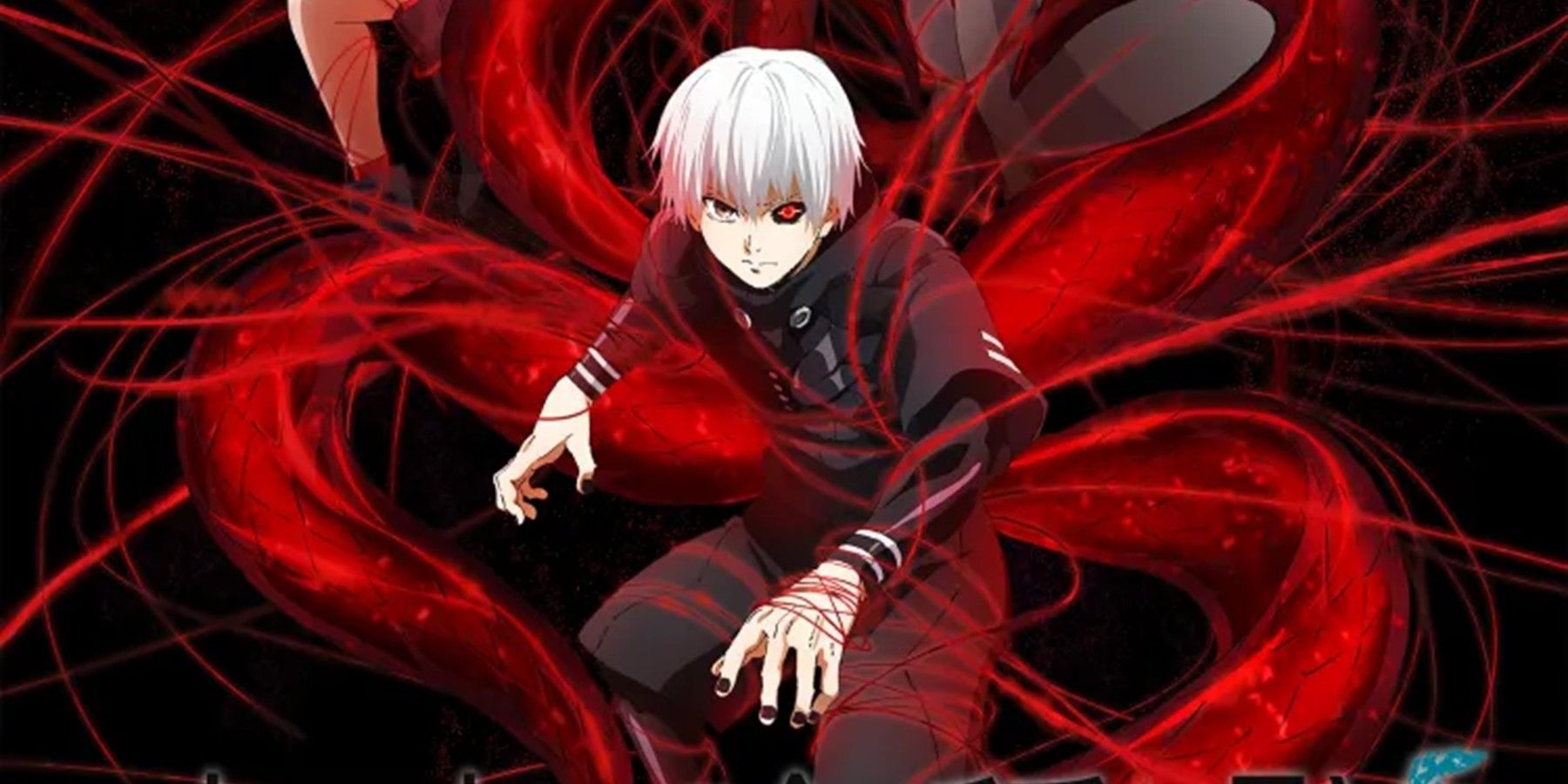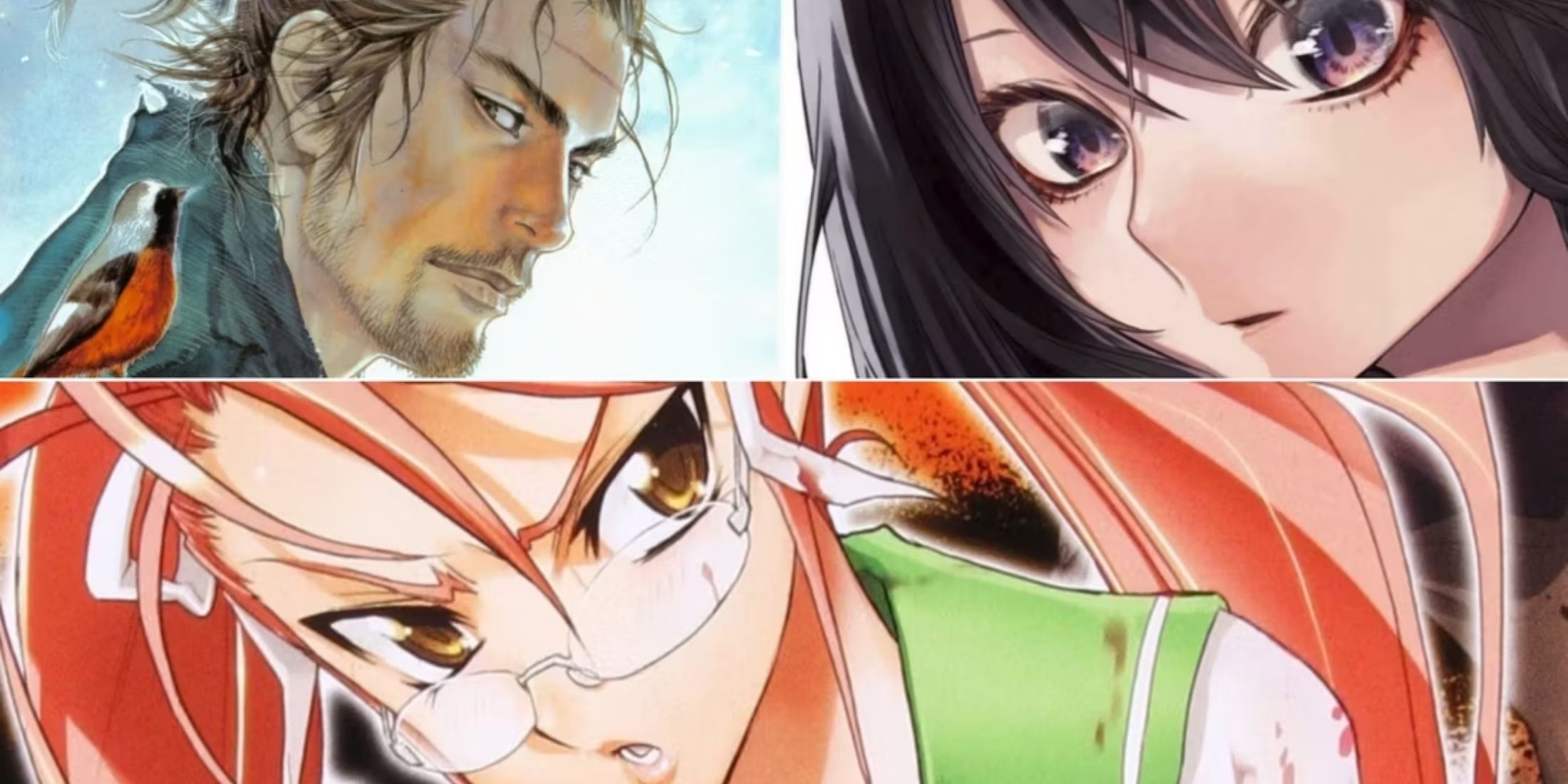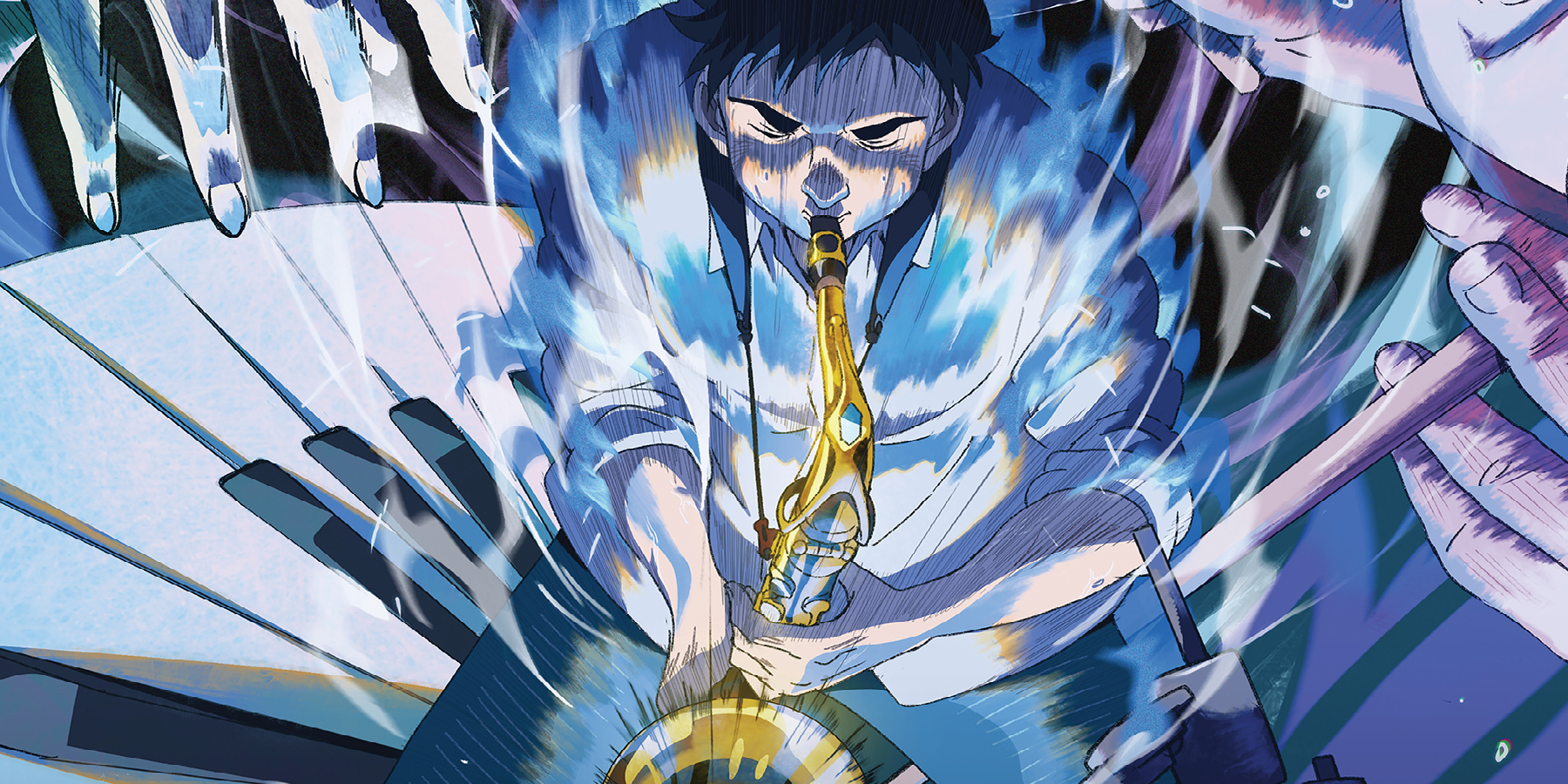Highlights
- Yuzuru Tachikawa's distinct style ranges from action to visually distinctive anime projects like Mob Psych 100 and Death Parade.
- Tachikawa is drawn to challenging projects and prefers solid, bold stories where the main character overcomes adverse circumstances.
- The process of creating music in the film Blue Giant is similar to creating anime, with storyboards for anime being similar to sheet music for musicians. Tachikawa took saxophone lessons and immersed himself in jazz before directing the film.
One of the most established directors in anime, Yuzuru Tachikawa has offered his distinctive style from projects ranging from action like Mob Psych 100 and Bleach, to visually distinctive breakouts like Fujiko Mine and Death Parade.
With his newest film, the Love Letter to Japanese smooth jazz Blue Giant, recently distributed in theaters by GKIDS, he discusses his visual style, selection of projects, and more with Game ZXC. The talk covers everything from his creative process, the special meaning behind Blue Giant, and which instrument the director even took up lessons on in preparation for the picture.
GameZXC: Yuzuru-san, your work tends to balance both fantastical shonen, in works like Mob Psycho 100 and Bleach, while also often having a more stylish, urban feel as in Fujiko Mine, Death Parade and now, of course, Blue Giant. In your own words, how would you describe the projects you tend to take on and the style you try to bring to them?
Yuzuru Tachikawa: I like solid, bold stories where the main character overcomes adverse circumstances and wins. The visuals are different with every project. I’m drawn to projects that are challenging.
GR: As someone who’s directed both episodes of television as well as feature anime films, how would you say the director’s work differs between the two, in terms of either studio production or creative sensibilities?
YT: With TV anime, it’s like a fun toy box where you can combine different elements. Because there’s just so much quantity in a series, I use my energy to control the quality. In films, the concepts are important because it’s always a battle with time, working with the limitation of run times that exist in a feature. This work demands me to use all of my senses. Both TV anime and feature length anime and approaches have advantages and disadvantages.
GR: This film is very much about the creative process, and how the characters of Dai and his bandmates are working together to create their own unique art. Do you think that the process of creating music as shown in the film is similar to the process of creating anime?
YT: It’s similar. In jazz, you have the solo which has no sheet music and I think that’s one of the alluring things about jazz. When creating an anime, the storyboard is similar to a musician’s sheet music. Depending on how an animator perceives that, things begin to shift. The feeling of live music is a commonality the two share.
GR: The film has a lot of specific rendering and shading, both in 2D and CGI, to capture the art style of Shinichi Ishizuka’s manga. How did you go about visualizing the style of the manga for the film, and what was it like working in the different mediums?
YT: The anime character designs were reviewed against the original manga design. When turning this into an anime, reducing the lines became important. We wanted to make sure that our animated characters gave off the same impression as the original, so making sure the humanistic imperfections in the manga were still in the anime was important.
GR: Blue Giant is a film with a lot of musical culture in its production, ranging from the score by Japanese jazz legend Hiromi Uehara to the involvement of music companies like Yamaha and Gibson assisting in the production. Was there any particular preparation you undertook as director, either in watching performances or listening to music? Were you a fan of the kind of jazz portrayed in the film before you came on board as director?
YT: I took saxophone lessons at the beginning of production. I went to many jazz clubs and created as many opportunities to see jazz performances. Before this film, I was an amateur when it came to jazz!
Blue Giant had a limited theatrical run from GKIDS and is coming to home release and VOD soon.




